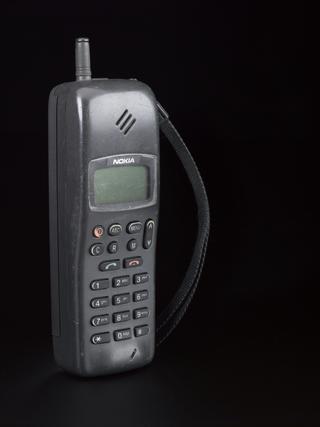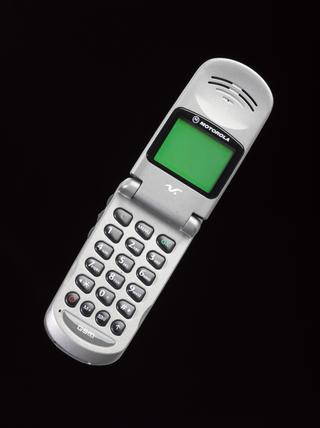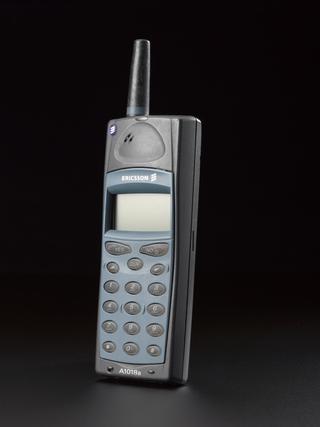
Thomson (Lord Kelvin) double curb transmitter, 1858
- Made:
- 1858 in United Kingdom
- maker:
- William Baron Kelvin Thomson




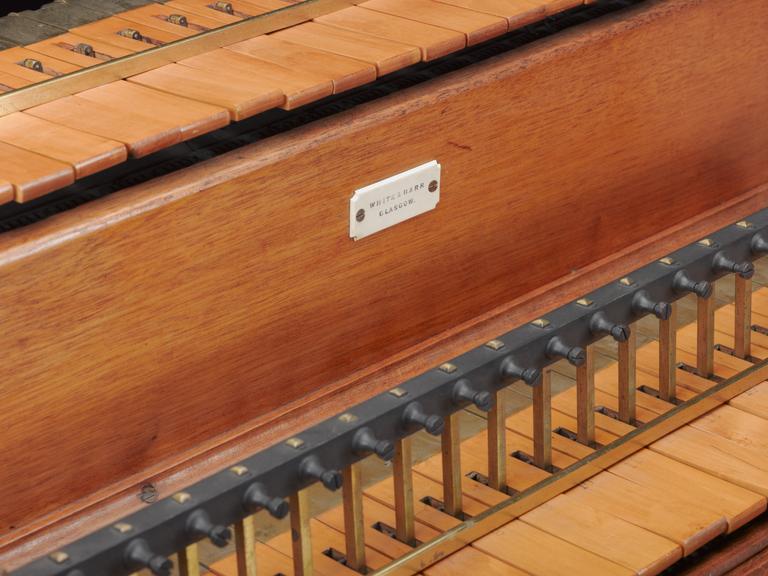
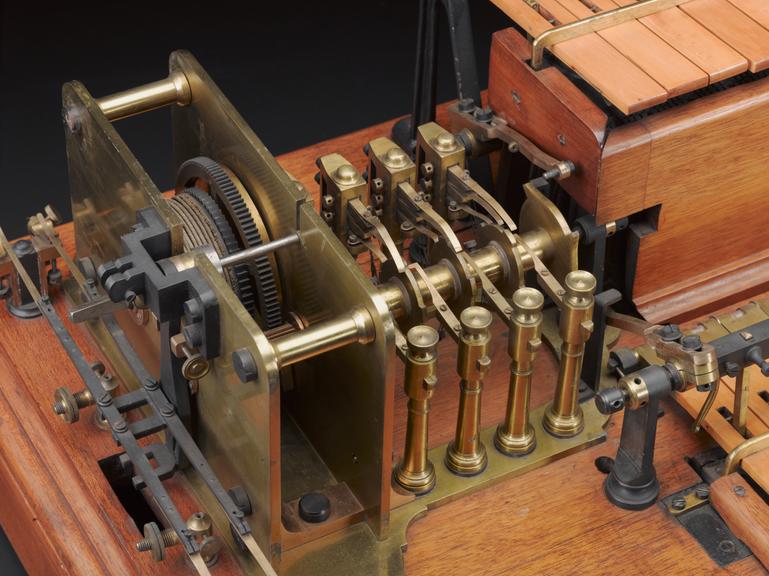

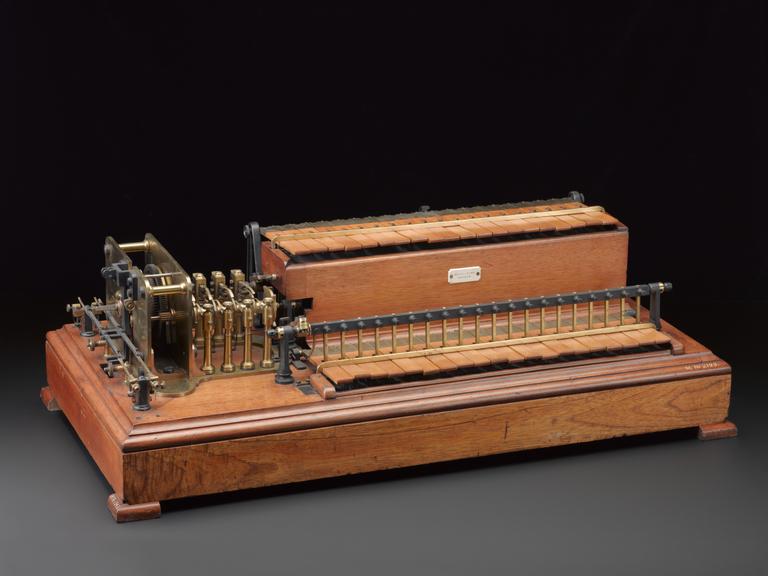
Thomson's double curb transmitter, probably made by William Thomson (Baron Kelvin), British, 1858.
This instrument was used for transmitting double-current signals through a cable. It was originally designed for use with the 1858 transatlantic cable, but was not completed before the cable failed. It was found that, when sent over a long distance, telegraph signals became weakened and distorted owing partly to the 'capacitance effect' of the mass of seawater. In order to improve the clarity of the signals being transmitted, Thompson designed this instrument to send a second electrical pulse in the opposite direction immediately after the first signal pulse, in order to cut it short and improve precision. The use of this instrument enabled the speed of transmission to be increased from one word a minute to up to 15 words.
Details
- Category:
- Telecommunications
- Object Number:
- 1876-1343
- Materials:
- iron, copper (alloy), metal (unknown), textile and wood (unidentified)
- Measurements:
-
overall: 290 mm x 930 mm x 475 mm, 39kg
- type:
- telegraph peripheral
- credit:
- From Sir William Thomson (Lord Kelvin)
